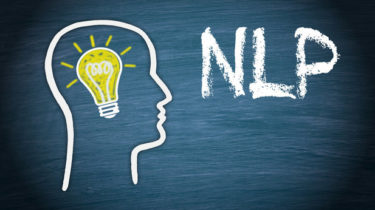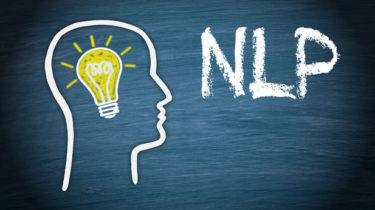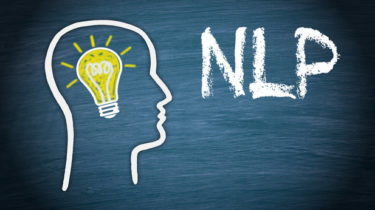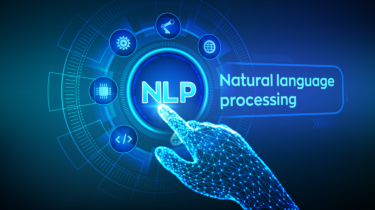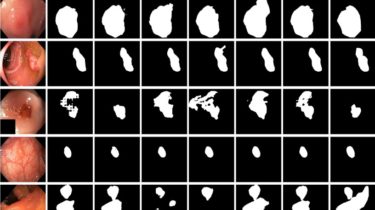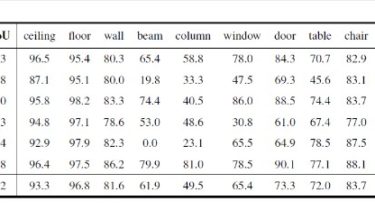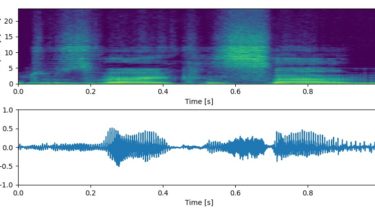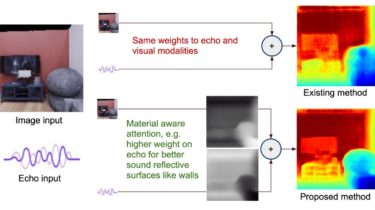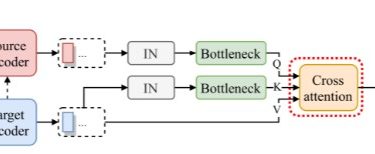Learn to Develop Simple Chatbots using Python and Deep Learning!
This article was published as a part of the Data Science Blogathon Introduction A Chatbot is an application(software) that is used to manage an online chat conversation through text or text to speech format. Most of the chatbots are accessed online through various websites or assistances(virtual) with a popup. Examples:- E-commerce websites, health, news, etc. Image source: https://www.syncfusion.com/blogs/wp-content/uploads/2020/01/tile.jpg Agenda of this article: 1) Data and Libraries 2) Initialize Training of Chatbot 3) Build the Deep Learning Model 4) Build GUI of […]
Read more
